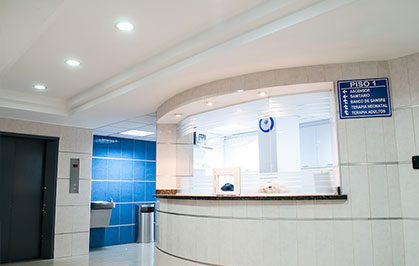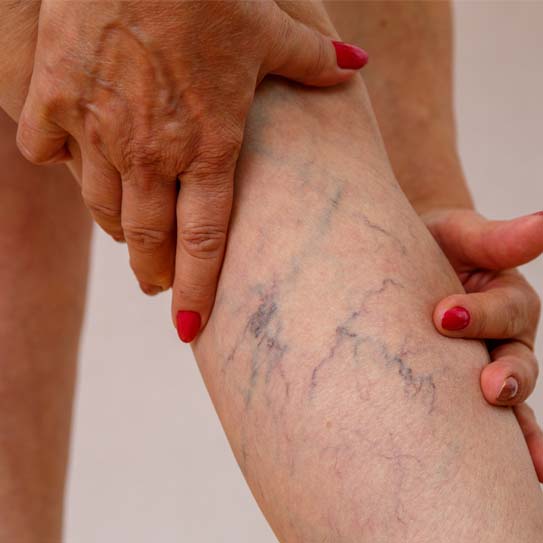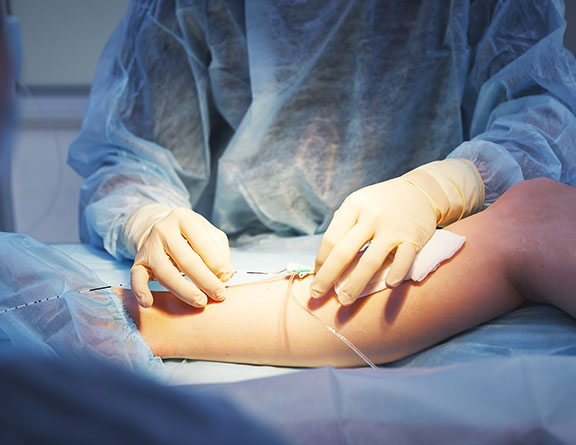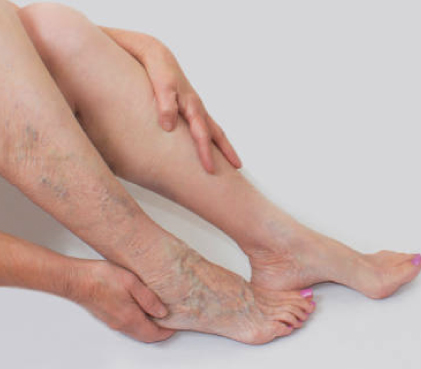4/5

No 69, 17th E Main Rd KHB Colony, 6th Block...
contact clinic book free appointment
The physicians advise doing various diagnostic tests before to PCNL surgery, just like with any other operation. These tests assist them in identifying the size and quantity of stones as well as in ruling out any underlying illnesses or ailments that could reduce the procedure's effectiveness. Before PCNL surgery, the following diagnostic tests are frequently carried out:
X-rays, abdominal ultrasounds, and MRIs are imaging examinations.
Test for blood urea nitrogen (BUN)
a blood test
Urinalysis
The patient is sedated with general anesthesia before the surgery. This helps in keeping the patient asleep throughout the surgery.
Your doctor will offer you some instructions to help you get ready for PCNL surgery before the procedure. By using these preoperative preparation suggestions, you may not only be ready for the procedure but also keep your composure throughout. How to be ready for the PCNL procedure is as follows:

Wie schmerzhaft ist die Operation von PCNL?
Because the patient is sedated with anesthesia before the procedure, PCNL surgery is usually painless. However, when the effect of anesthesia wears off, some patients might experience minor discomfort as a result of stent insertion. In order to help you manage the pain and other symptoms, your doctor will prescribe medicines.
What kinds of stones are handled via PCNL surgery?
When it comes to treating kidney stones larger than 15 mm, PCNL is thought to be quite successful.
Is having PCNL surgery risky?
A low-risk technique is PCNL. However, it comes with some hazards, such as: Infection Hemorrhage, nearby organ damage, unmoved stone, kidney function decline
When can I resume my regular life after having PCNL surgery?
After PCNL, the entire recuperation period lasts between four and six weeks. However, after a week of surgery, the majority of patients may resume their normal activities.

Also known as endovenous laser treatment or EVLA, this is a minimally invasive ultrasound-guided procedure that involves the use of ultrasound images and laser fiber in order to kill the delicate lining of the veins. After a few days following the procedure, the body absorbs the dead tissues, closing off the abnormal veins with minimal or no discomfort. This is one of the most commonly preferred methods as it involves far fewer complications, and the recovery time, as well as the success rate of this method, is much faster and higher than that of any surgical process.

Also known as endovenous laser treatment or EVLA, this is a minimally invasive ultrasound-guided procedure that involves the use of ultrasound images and laser fiber in order to kill the delicate lining of the veins. After a few days following the procedure, the body absorbs the dead tissues, closing off the abnormal veins with minimal or no discomfort. This is one of the most commonly preferred methods as it involves far fewer complications, and the recovery time, as well as the success rate of this method, is much faster and higher than that of any surgical process.

Also known as endovenous laser treatment or EVLA, this is a minimally invasive ultrasound-guided procedure that involves the use of ultrasound images and laser fiber in order to kill the delicate lining of the veins. After a few days following the procedure, the body absorbs the dead tissues, closing off the abnormal veins with minimal or no discomfort. This is one of the most commonly preferred methods as it involves far fewer complications, and the recovery time, as well as the success rate of this method, is much faster and higher than that of any surgical process.